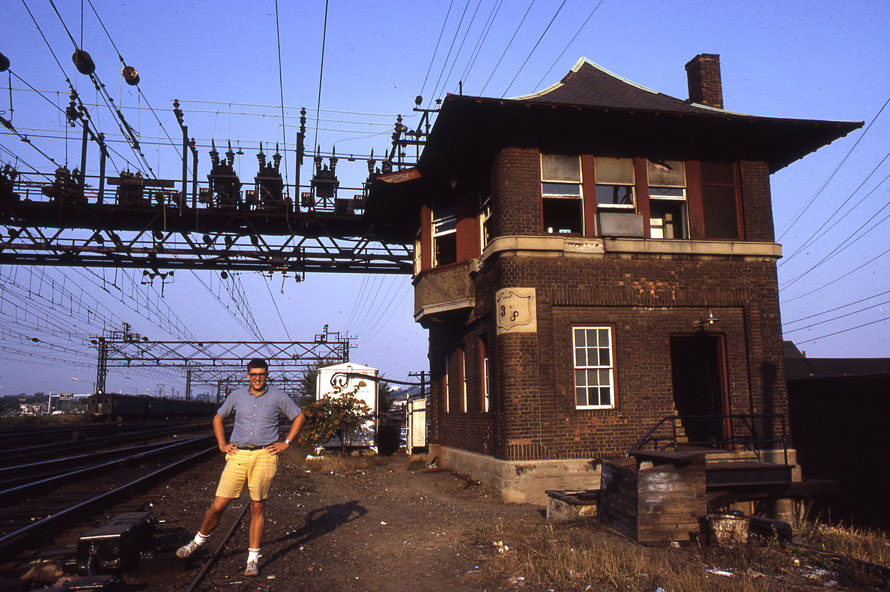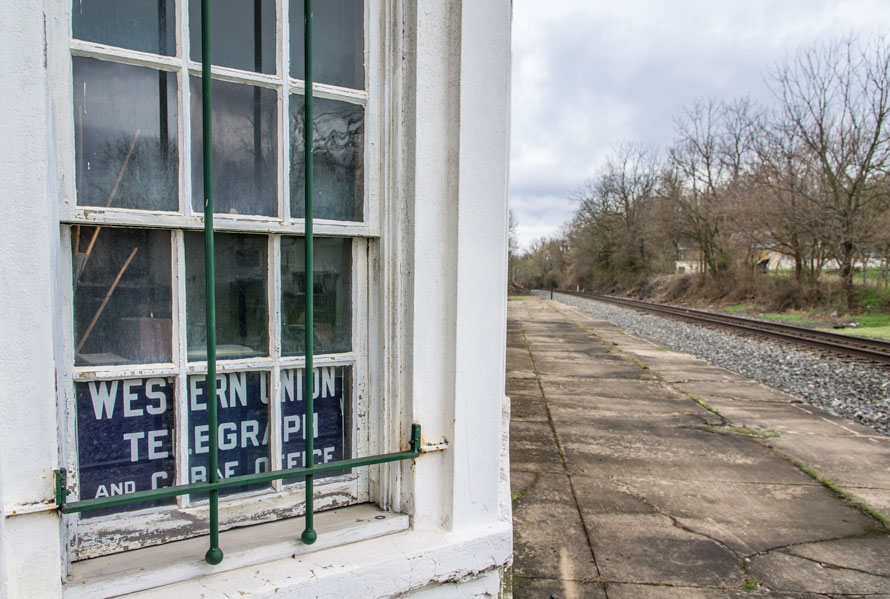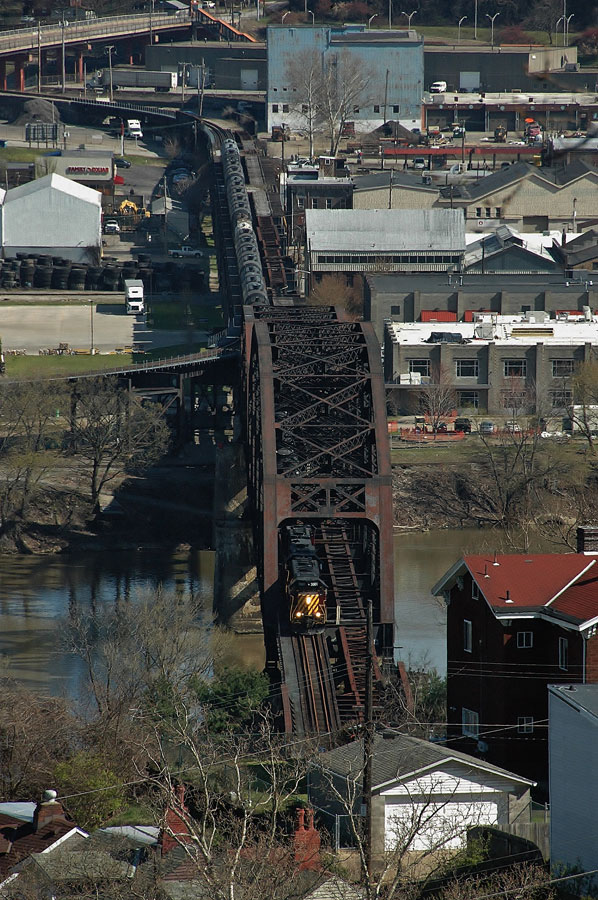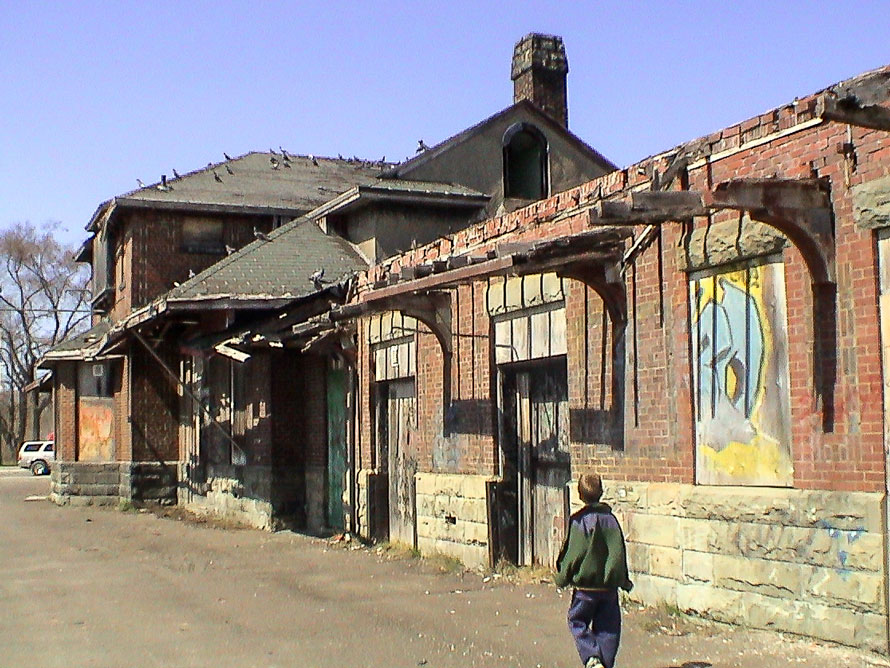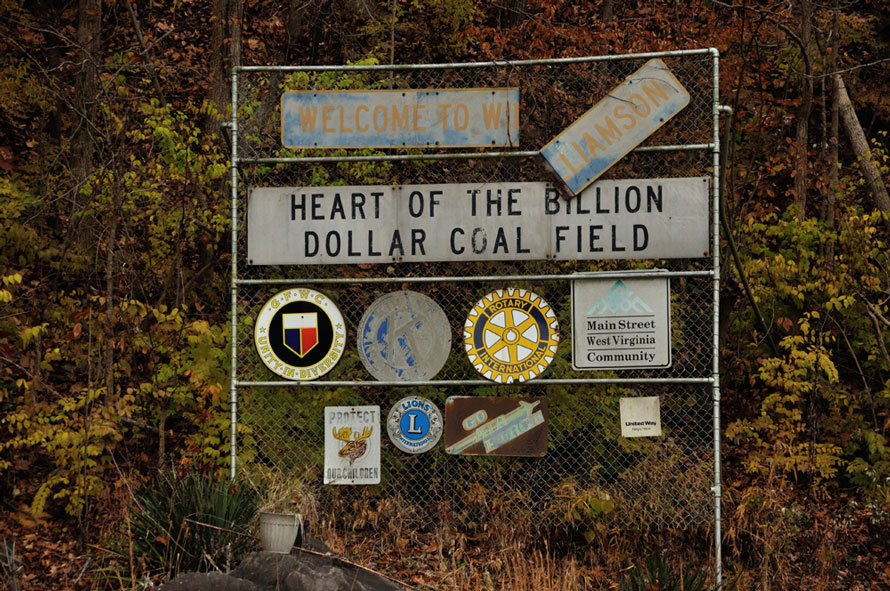Samuel Morse Day
Last Saturday (April 28, 2018) I attended the Samuel Morse Day celebration at the former N&W depot in Boyce, Virginia. Samuel Morse was the inventor of the telegraph which was adopted by the railroad in its earliest days.
Mr. Abram Burnett, from Harrisburg, Pennsylvania, was on hand to demonstrate the early telegraph and he graciously agreed to let us make a video as he demonstrates the telegraph and relates some of its history. In the video, we are inside the N&W depot in the trainmaster’s office overlooking the current Norfolk & Western tracks. The office retains much of its original furnishings and looks very much like it would have looked nearly one hundred years ago. Read more
